Was Civil Unrest in 1967 Detroit a Riot or a Rebellion?
Two very different Detroiters maintain violence in 1967 was a rebellion against persistent, systemic racism.
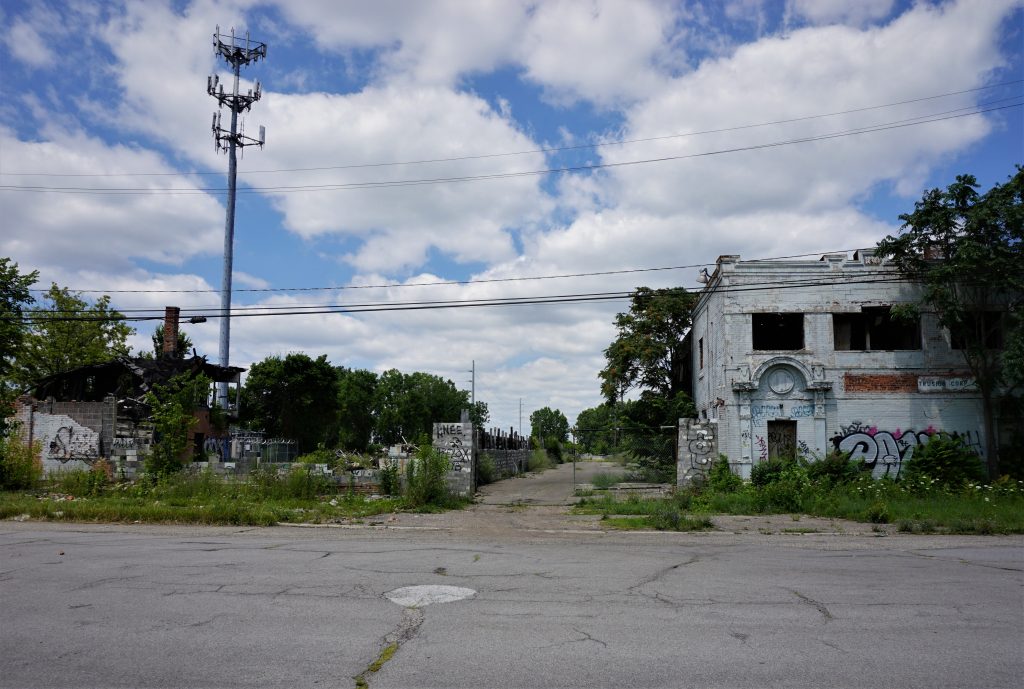
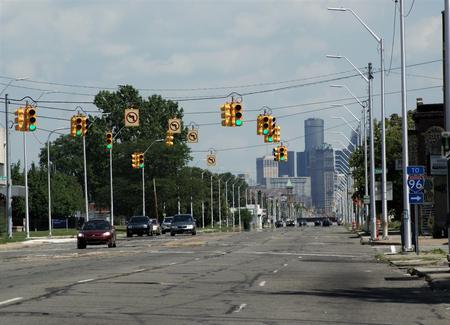
Some Detroiters say the uprising of 1967 was more than wanton lawlessness. They say it was a backlash against a society that treated blacks as second-class citizens.
They call it the breaking point for black people who felt belittled and threatened daily. They say it was a rebellion.
This is the story of two very different Detroiters who view the violence during those hot days in July as more rebellion than riot.
In particular, they say, it was a rebellion against what they call a racist police department.
That was certainly the view of one nattily dressed African American, a touch of grey in his neatly-trimmed hair, as he turned his car onto a Detroit street several years ago.
Detroiter Ron Scott died in 2015.
But when he drove to that city intersection roughly a decade ago, Scott said it carried him back to memories of a time of anger and frustration.
“We’re turning onto Clairmount, which was actually the scene of where the rebellion started, Clairmount and 12th Street,” Scott said at the time.
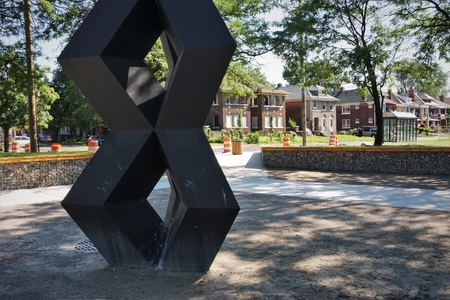
“Right here where we’re stopping they have a park,” he continued. “And this little park here is where the actual building was on the corner and that’s where the rebellion started. It was a way, not to wipe it out, but to sanitize it a little bit.”
But Scott said he could not cleanse his mind from the memory of what happened on this spot.
He called it the site of a rebellion, one he said he’d seen brewing for years before 1967.
“I was told as a 13-year-old walking with my uncle, when a cop put a shotgun in my face, ‘Breathe and I’ll blow your head off.’ ” — Former Coalition Against Police Brutality member Ron Scott
Scott said African Americans, especially young black men, felt threatened by the very people sworn to protect them, the Detroit police.
He said, “The Big 4, which were four guys, usually four white guys, who drove around in cars, they were police officers and they would generally engage in what today would be called terroristic activities.
“They would tell you they wanted you off the corner. If you didn’t get off the corner they would, in a very unceremonious way, beat you up, lock you up, whatever the case might be. I was told as a 13-year-old walking with my uncle, when a cop put a shotgun in my face, he said, ‘N—-r if you breathe I’ll blow your head off.’ “
By 1967 Scott said he and many young blacks like him felt targeted daily by racist white cops.
Then, during that hot July, everything just boiled over.
“That group of young people who were tired, just tired of being suppressed, oppressed, diminished, demeaned and destroyed. That all came to the surface. It reflected itself in wanting these material things, busting into stores and so on. They just got tired of constantly being pushed, pushed, pushed and suppressed, suppressed, suppressed. And suppressed because of race and class,” Scott said.
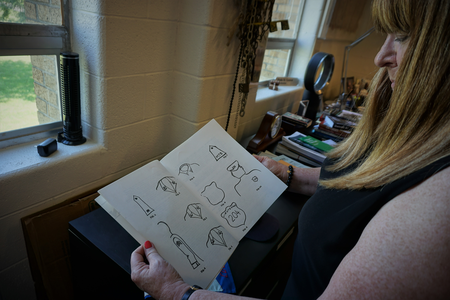
When Detroit erupted into days of rioting, 20-year-old Sheila Cockrel was concerned about the grass-roots organization she worked with, which was based near the epicenter of the violence.
She says she hurried towards the scene.
But the only rioting Cockrel says she found was by Detroit police.
“What I saw on the streets of the city (was) people pulled out of cars, beaten to a pulp driving down the street, people trying to get home, trying to get away from a fire on Grand River (Boulevard.)”
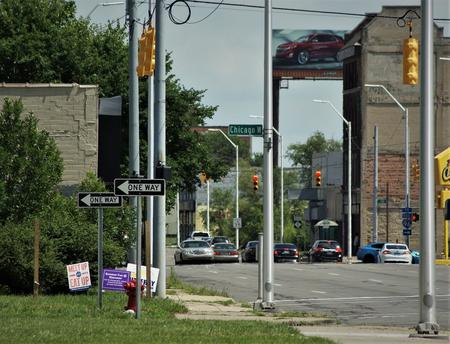
Like Ron Scott, Cockrell also calls the rioting a rebellion against what she says was routine and horribly unfair treatment.
“I remember being with some folks and a man was just bleeding profusely and trying to get through police lines to get him to the hospital. He was black and police didn’t want to let him through,” Cockrel says.
Yet some Detroit police officers say their view of the violence looked more like wanton lawlessness than any semi-organized rebellion.
Detroit policeman Leonard Fritz had not been on the force long in 1967 when he was dispatched to help quell the violence.
“For a series of hours, I would say, on the street there was kind of not enough policeman, too many people, so to speak. And it was kind of scary because you’re talking about your own city, the city you’re assigned to serve and protect,” Fritz says.
“And watching people burn things and looting things, I mean these people were attacking firemen who were trying to put out fires. If you can overreact to a situation like that, I don’t know what you are supposed to do otherwise.”
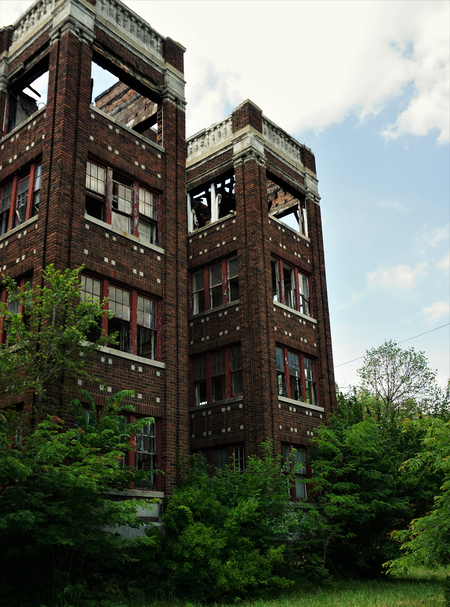
At that time, on the fringe of the rioting, former mailman Claude Fox says he had a good view of the chaos.
He says some rioters seemed like they were just fed up. But others seemed like they were cashing in.
“Well I think it was 50-50. Some quite possibly were rebelling. And I think some were just quite possibly looting, taking advantage of the situation. I don’t think it was 100% rebellion,” Fox says.
A year after the riots Fox quit the postal service and joined the Detroit Police Department.
“(It) was rebellion against police brutality and an expression of frustration and disappointment that the promise of a city that embraced equality of opportunity hadn’t come to fruition.” — Former Detroit City Council Member Sheila Cockrel
He says he never personally saw the racism within the force that some say drove the violence in 1967.
But Cockrel maintains that blacks were rebelling, and not just against the police. She says many blacks at that time felt betrayed politically by a man they helped elect, former Detroit Mayor Jerome Cavanagh.
“He vowed to stop the stop-and-frisk policy. So a lot of what happened in ‘67, in my opinion, was rebellion against police brutality and an expression of real frustration and disappointment that the promise of a city that embraced equality of opportunity hadn’t come to fruition,” Cockrel says.
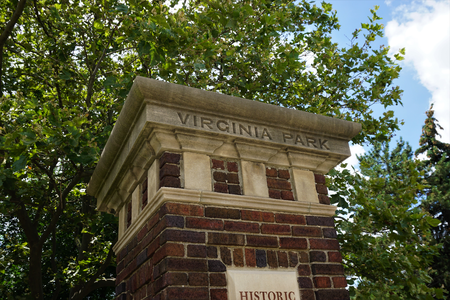
At its crescendo the rioting in Detroit certainly resembled an armed uprising, a rebellion.
So much so that President Lyndon Johnson took notice and eventually deployed U.S. Army airborne units to calm the streets.
Some Detroiters say even after the sirens faded, and the widespread violence abated, the rebellion continued.
Detroit Mayor Cavanagh seemed to think so when he appealed for calm a year after the riot broke out.
Cavanagh said In an address to the region, “My fellow citizens, last July this city experienced a most destructive riot. The citizens of Detroit, both Negro and white, are arming themselves in unprecedented numbers. And in the suburbs surrounding Detroit gun sales have also soared. And let me say, my fellow citizens, that this arms race must be stopped. We must return to sanity.”
In his car a decade ago, near where the riot was sparked, Ron Scott noted one consequence of the rebellion for him. It helped him found the Detroit branch of the Black Panther party.
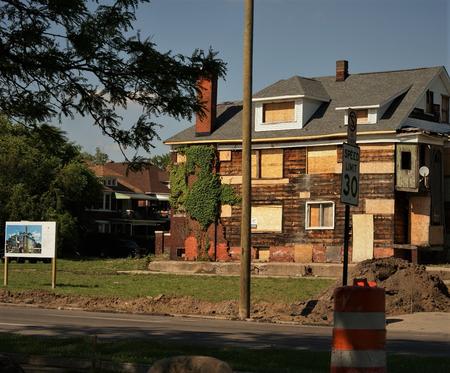
He said, “Where I’m stopping right now, Euclid and Rosa Parks, this was where our first office was of the Black Panther party. We moved it right here because 12th Street, after the rebellion, became the scene of a lot of political organizing. Because it was felt that was where the people actually came out and challenged the system.”
Scott said the rebellion showed that even the poorest people could fight back.
“There were two classes of people here. There were the black folks who had moved here in the late 1940’s, early 1950’s, the middle-class African Americans. And then there were the folks out here who were the folks on the street that we organized in the Black Panther party. And they were the folks that were catching the hell dealing with police and so on,” Scott said.
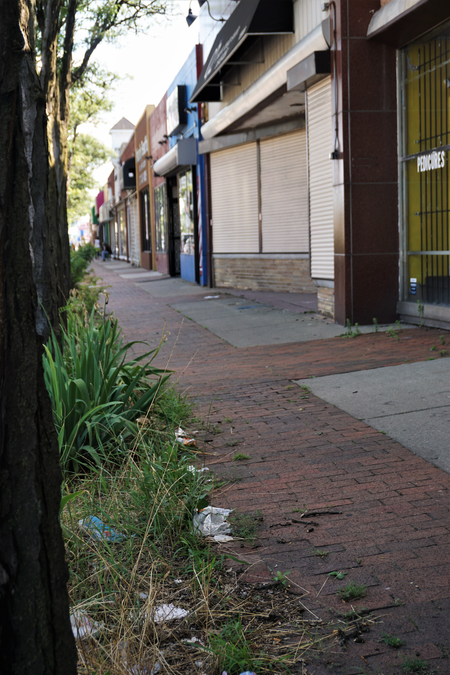
He acknowledged that many people saw the 1967 rioting as a time of criminal behavior, uncontrolled violence.
But for Scott it remained a rebellion against a social system that pushed blacks to the point of explosion.
And a rebellion, he said, that succeeded. Somewhat.
“It worked, yes. But it worked only to the degree that it pacified a certain segment of people. And it diminished another segment of people, the potentially revolutionary folk,” Scott said.
